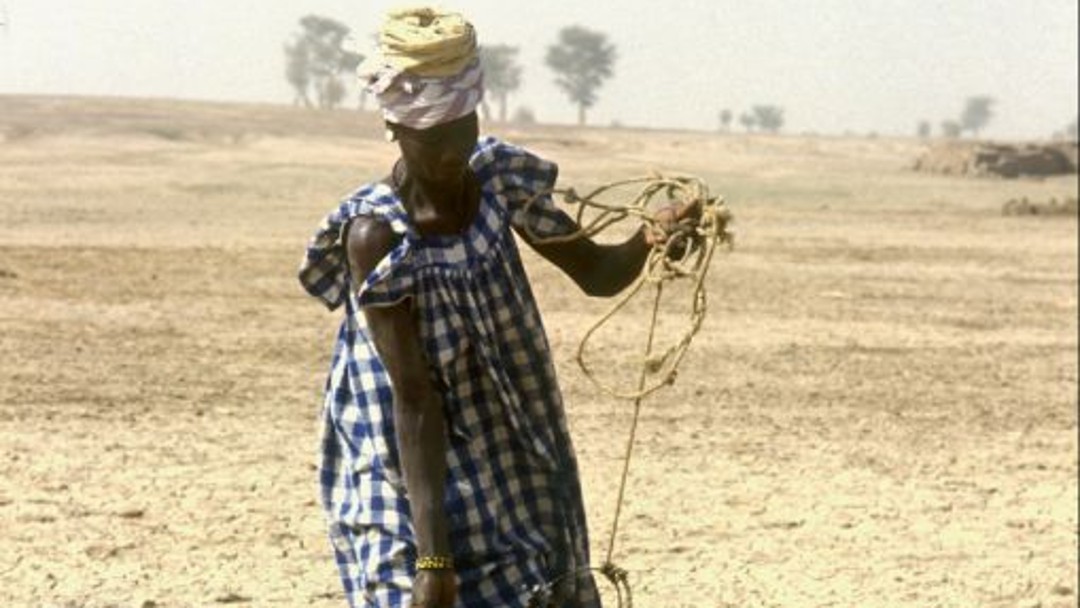News from 2015-02-05 / KfW Development Bank
More protection against a cruel ritual
International Day of Zero Tolerance to Female Genital Mutilation: KfW is supporting women’s rights
Kenya – it’s a country famous for its fascinating wildlife and white beaches, and attracts hundreds of thousands of tourists each year. It’s a progressive African state, yet very few people know that a cruel ritual is common practice there. "Around a quarter of young girls and women in Kenya are still subjected to the ritual of female genital mutilation," criticises KfW Project Manager Julia Scholtes. On the "International Day of Zero Tolerance to Female Genital Mutilation" (6th February), the UN highlights the fact that this inhuman practice isn’t just taking place in Kenya, but often occurs in many countries throughout Africa, Asia and the Middle East too.
In various African countries, also including Mali, Guinea and Niger, KfW is running programmes aimed at fighting female genital mutilation. "We have been promoting health programmes in Kenya directed at women in particular for a number of years now," explains Ms Scholtes. These include a project against "gender-specific violence", whereby communities are informed as to how violence against women can be opposed and how women’s rights can be strengthened. In this regard, the consequences of female circumcision are a key issue too. Victims of rape or other violence are provided with comprehensive medical and psychological support and care in specially trained clinics. Any treatment costs are absorbed by the project.
Women suffer from the consequences for decades
The UN estimates that there are presently 140 million women around the world suffering from the consequences of female genital mutilation. If the current trend were to continue, a further 86 million girls and young women would be "circumcised" by the year 2030, because female genital mutilation is an age-old tradition in many societies of developing countries. The ritual serves to demonstrate the fact that girls are entering adulthood and to limit sexual desire at the same time, thus guaranteeing loyalty to their future husbands.
The practice is a bloody and brutal one, where, often, old women without any medical training use simple razor blades or fragments of glass to remove the clitoris and labia and sew the wound together. Affected women and girls suffer from the consequences for the rest of their lives – due to infections, bleeding and complications during birth. Many even die.
But awareness campaigns and more stringent legislation are starting to have an impact. In Kenya, the number of circumcised girls and women has dropped from 38% in 1998 to around 27% at the present time. "In this regard, the fact that girls are more educated nowadays is highly significant," adds Ms Scholtes. Access to healthcare has improved too. In an increasing number of regions, other, non-bloody rituals are being established in celebration of girls’ transition to womanhood. Ms Scholtes firmly believes that these are all positive signs. But she is also well aware of the fact that a great deal of work still has to be done if awareness is to be raised and people, particularly those in traditional regions of Kenya, are to be convinced to end this cruel practice once and for all.
Text: Michael Ruffert


Share page
To share the content of this page with your network, click on one of the icons below.
Note on data protection: When you share content, your personal data is transferred to the selected network.
Data protection
Alternatively, you can also copy the short link: https://www.kfw-entwicklungsbank.de/s/enzBWrMC._aA
Copy link Link copied